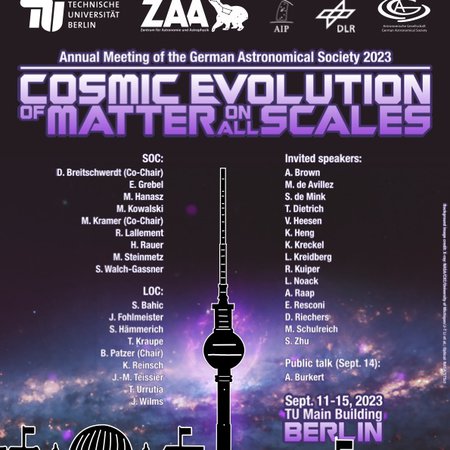The future of spectroscopy
Until last Friday more than hundred scientists from Europe, Australia, Brazil, Chile, Canada, Japan and the US discussed the latest news in high-resolution spectroscopy and the developement of a new generation of spectroscopes for the ELT. They were invited to come to Potsdam by the Leibniz Institute for Astrophysics Potsdam (AIP) to join the institute's 10th ThinkShop, an event supported by the DFG.
The scope of this meeting was to bring together the astronomical community that builds and uses high-resolution spectrographs. High spectral resolution is essential to quantify and to constrain the many micro- and macro-scale processes in cosmic plasma. The workshop in particular concentrated on the coupling between predictive numerical simulations and quantitative spectroscopic observations.
The European Extremely Large Telescope (E-ELT or ELT) is planned to be built by the European Southern Observatory (ESO) in the Atacama Desert in Chile. The construction oft he telescope with it’s 39.3 metre diameter primary mirror is going to start 2013. New technologies - in particular spectroscopic technologies as they were discussed on the AIP ThinkShop - are required to seize all the possibilities the ELT offers.
Images
Spectroscopy ThinkShop.
Big screen size [1000 x 666, 120 KB]
Original size [2048 x 1365, 380 KB]




